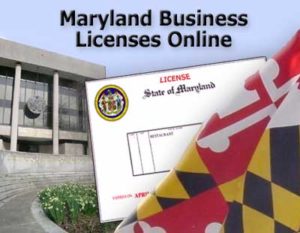 WHAT ARE OCCUPATIONAL LICENSES?
WHAT ARE OCCUPATIONAL LICENSES?
An occupational license is required by many municipalities in order to legally do business in that area. In some areas, it is also known as a business license.
In the 1950s, only 70 occupations had licensing requirements, and these accounted for 5 percent of all workers. By 2008, more than 800 occupations were licensed in various states and accounted for 29 percent of all workers. Licensed occupations include everything from barbers and interior designers to nurse practitioners and physicians.
At a time when too many Americans are out of work, creating an even more difficult employment environment for those with criminal backgrounds, excessive licensing regulations create a serious barrier to economic opportunity. We at Navigating Barriers to Reentry believe that these are policies that need to be changed.
HOW MANY OCCUPATIONAL LICENSES ARE AFFECTED BY CRIMINAL BACKGROUNDS?
According to the State of Maryland Final Report of Collateral Consequences Workgroup (December 2016) there are 348 collateral consequences related to occupational licensing and professional certification in Maryland.
It is difficult to quickly determine which licenses are affected by a criminal record – and how.
But the Justice Center has created a data base for each state.
Here is the link for the data base for Maryland:
https://niccc.csgjusticecenter.org/search/?jurisdiction=24
HOW WILL I KNOW IF I NEED A LICENSE FOR THE JOB I WANT?
You will need to visit the State of Maryland Department of Labor, Licensing, and Regulations website. The Department oversees 21 licensing boards, commissions an
d programs appointed by the Governor, the Division of Occupational and Professional Licensing, including businesses across 25 professions.
You can find that at the following website:
http://www.dllr.state.md.us/license/
